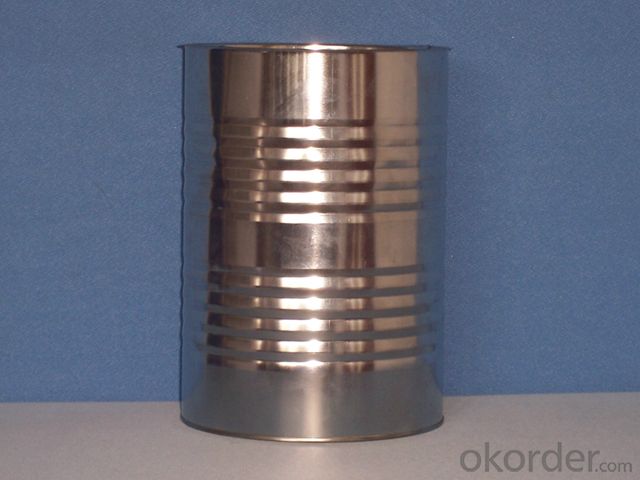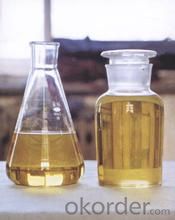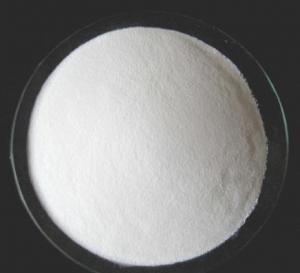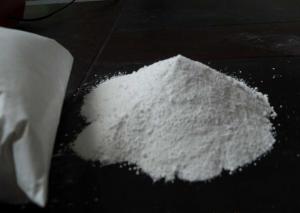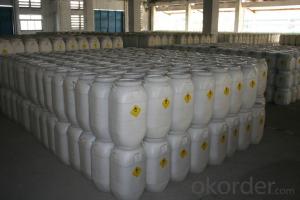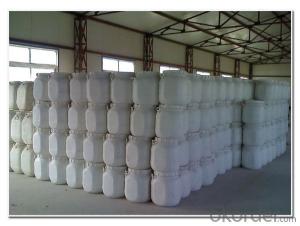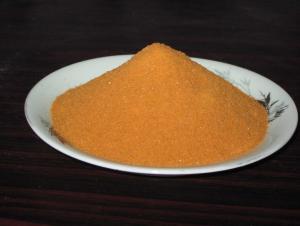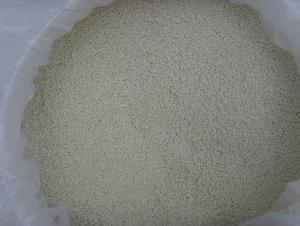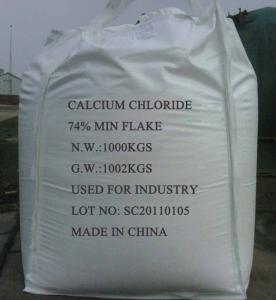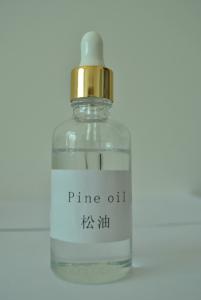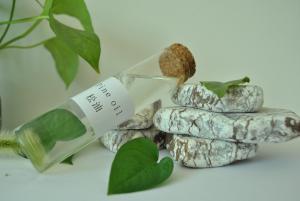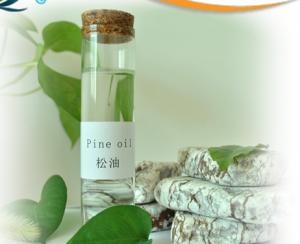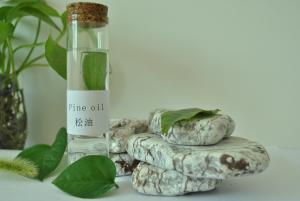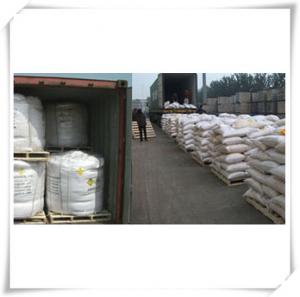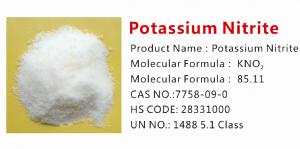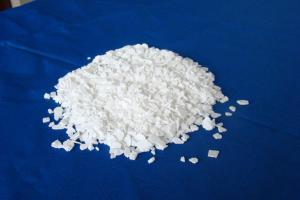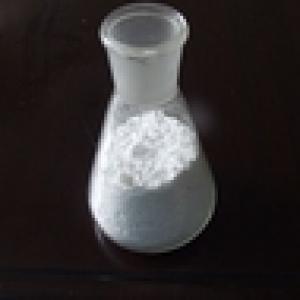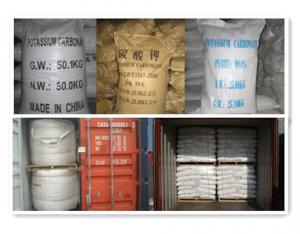Pine Oil with High Quality and Best Offer and Fast Delivery
- Loading Port:
- Shanghai
- Payment Terms:
- TT or LC
- Min Order Qty:
- 17.6
- Supply Capability:
- 3000 m.t./month
OKorder Service Pledge
OKorder Financial Service
You Might Also Like
1. Structure of Pine Oil Description:
CAS NO.: 8002-09-3
MF: C10H17OH
PURITY:
Purity: 45% 50% 70% 80%
Packing&Delievery: 170kg/iron drum (Capacity of per 20'FCL: 80 drums,totally 13.6mt per container)
All year Delievery
2. Main Features of Pine Oil:
The pine oil is widely used in the flotation of various metallic and non-metallic minerals. It is mainly used in the flotation of various sulfide ores,such as lead,copper,zinc,and iron sulfide,and non-sulfide minerals. It exhibits some collecting properties,especially for readily floatable minerals such as talc,graphite,sulphur,molybdenite and coal etc.The froth produced by pine oil is more persistent than that produced by other frothers.As a good foaming agent of non-ferrous metals,has been widely used both at home and abroad,with low foam,high concentrate grade,strong adaptability,fine and dense foam and the foaming speed and defoaming speed is fast,easy operation,no impact on subsequent flotation and is appropriate the separation of polymetallicore.
3.Pine Oil Images
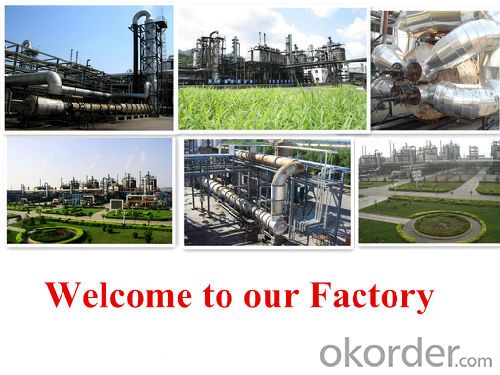


4.Pine Oil Specification
Item | 50% | 65% | 70% | 85% |
Appearance | Slight-yellowish or brown-yellowish oil-shape liquid. | |||
Color and state( Max). | 6 | 6 | 6 | 6 |
Content of water (Max). | 0.7 | 0.7 | 0.7 | 0.7 |
Total acid value (Min) | 50 | 65 | 70 | 85 |
Gravity | 0.866 | 0.90-0.92 | 0.90-0.92 | 0.92-0.94 |
Distillation range(°C) | 168-230°C | 170-225°C | 170-225°C | 190-225°C |
Impurities(MAX) | 0.5% | 0.5% | 0.5% | 0.5% |
PH value | 5-7 | 5-7 | 5-7 | 5-7 |
Impurity( Max). | 0.5 | 0.5 | 0.3 | 0.3 |
5.FAQ
1)How many tons does your factory can supply each moth?
30000tons/month
2)How to quarantee the quality of the products?
you can arrange SGS&BV or other quality inspection.
3)How many days you need to pepare the cargo after we made the order?
- Q: What is the inorganic salt in the egg
- Protein (g) 11.6 Riboflavin (mg) .31 Magnesium (mg) 15
- Q: Which crop feet can provide C N inorganic salts for fungal growth
- Plant growth requires a variety of inorganic salts, which require the most is nitrogen, phosphorus, potassium containing inorganic salts. If a lack of some inorganic salts, plants can not grow normally. Kind of crops need fertilization, farm manure contains organic matter, the microbial decomposition of the soil will produce a large number of inorganic salts for plant growth and utilization, the role of fertilizer is to provide a variety of plant growth of inorganic salts. Therefore, in agricultural production, the application of fertilizer and farm manure is intended to provide a variety of inorganic salts for crops.
- Q: Are the inorganic salts mineral and they are soluble in water?
- Generally speaking, inorganic salts, including minerals, inorganic salts are not minerals. Some inorganic salts can be soluble in water and some can not, the vast majority of minerals do not dissolve in water, otherwise the rain on the rocks are not dissolved Is it gone?
- Q: Does the plant absorb some of the inorganic salt?
- Plants absorb inorganic salts and do not necessarily absorb water.
- Q: An inorganic salt is dissolved in water and yields a solution that has a color. Make a statement about the type of element the substance contains that casuses the color.Thanks!
- Many inorganic salts form colored solutions . pper ( II) sulfate ( Blue ) nickel (II) acetate = green, mangaanse ( II) chloride = pink, iron(III) chloride = yellow, potassium dichromate, orange and so many more Can you be more specific ?
- Q: Advertisements related to inorganic salts -.-,
- Three crystal good mother know every night to give her blue bottle, and help absorb the blue screen of the drink, Harbin Pharmaceutical six factory production.
- Q: List the major electrolytes released by inorganic salts when placed in water and explain how these electrolytes are needed for metabolic reactions.
- Which "inorganic salts" are you talking about? There are hundreds!
- Q: The inorganic salt is composed of?
- Inorganic salts are the general term for various inorganic salts. They are composed of inorganic acid radicals and metal cations or ammonium salts, mainly salts of organic acid salts, such as sodium chloride, potassium chloride and so on.
- Q: What is the disease of inorganic salt crystals?
- Drink less, the urine will be reduced, the urine of the inorganic salt concentration will be high, the discharge of urine encountered outside the cold air, will immediately cool, urine inorganic salts to precipitate down, so that urine Into the lime watery white turbid liquid. Check this urine, the urine heated to a certain temperature will make it clear; also due to temporary urine alkalization caused by white turbid urine, such as taking alkaline drugs or After a lot of alkaline food, or eat can make the inorganic salt in the urine of the increase in the content of food, fruit, vegetables, there will be white urine.
- Q: I am 18 years old, test the body of inorganic salt content of 3KG, people say that low. What is the value of this use? How can improve it?
- Inorganic salts are inorganic compounds in the salt, formerly known as minerals, the body has found more than 20 species, including constant elements of iron, zinc, selenium, molybdenum, chromium, cobalt, iodine 8. If you pay attention to diet diversification, eat Animal fat, eat brown rice, corn and other coarse grains, do not eat too much refined flour, can make the body of inorganic salt to maintain the normal level should be.
Send your message to us
Pine Oil with High Quality and Best Offer and Fast Delivery
- Loading Port:
- Shanghai
- Payment Terms:
- TT or LC
- Min Order Qty:
- 17.6
- Supply Capability:
- 3000 m.t./month
OKorder Service Pledge
OKorder Financial Service
Similar products
Hot products
Hot Searches


